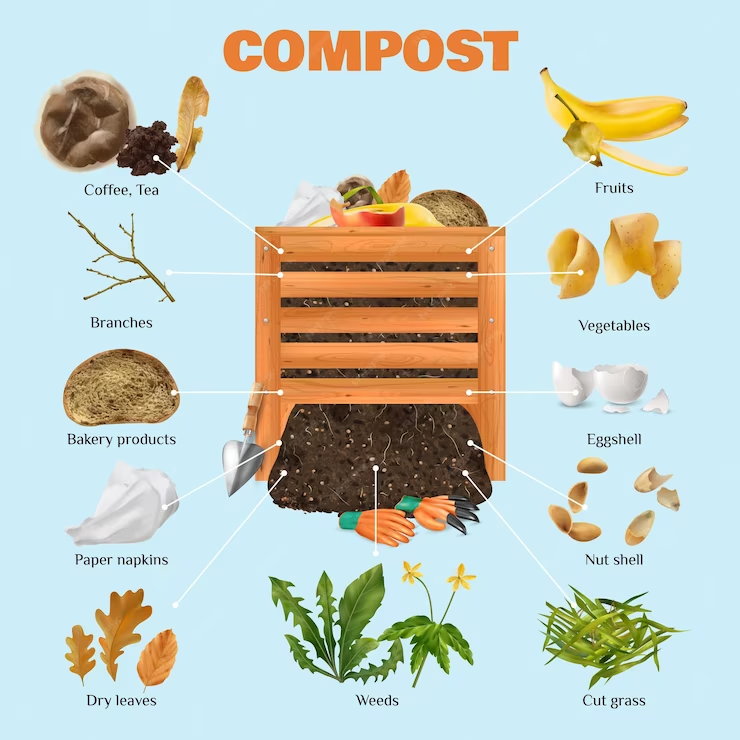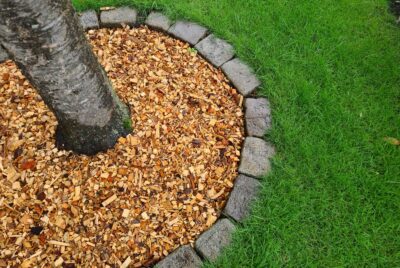No Dig Gardening Demystified: Embracing the Magic of Natural Garden Nurturing
As a passionate gardening enthusiast, I have delved into the world of no dig gardening and experienced its numerous benefits firsthand. No dig gardening, also known as no till or lasagna gardening, is a technique that prioritizes soil health and minimizes disturbance to the earth’s natural ecosystem. In this article, I will guide you through the techniques of soil layering, weed prevention, and other helpful suggestions for successful no dig gardening. Let’s dig in!
Understanding No Dig Gardening
No dig gardening, or also known as no till gardening is a method of cultivation that eliminates the need for traditional tilling and digging. For instance, no dig gardening is hailed as an agricultural innovation in Argentina that focuses on preserving soil health to secure food security. Instead, it focuses on building layers of organic matter to create nutrient-rich soil. By preserving the soil structure and beneficial organisms, no dig gardening promotes a sustainable and thriving garden environment.
Benefits of No Dig Gardening
- Preserves Soil Structure: By avoiding regular digging, no dig gardening maintains the natural composition of the soil, allowing it to retain essential nutrients, moisture, and beneficial microorganisms. This promotes healthier plant growth and root development.
- Reduces Weed Growth: The layered approach of no dig gardening forms a barrier against weeds, suppressing their growth and minimizing the need for frequent weeding. This saves time and effort while ensuring a neater and more manageable garden.
- Improves Soil Fertility: As organic matter decomposes within the layers, it enriches the soil with nutrients, creating a fertile environment for plants to thrive. This natural process reduces the need for synthetic fertilizers, making no dig gardening an eco-friendly choice.
- Conserves Moisture: The layering of organic materials acts as a natural mulch, retaining moisture in the soil and reducing evaporation. This results in less water usage and helps plants withstand dry periods more effectively.
I strongly recommend that you read this post on Why is Tilling So Bad? I found the section on Tilling Myths to be especially useful too.
Soil Layering Techniques
- Prepare the Ground: Clear the area of weeds and debris. Mark out the garden bed and loosen the topsoil slightly to aid drainage.
- Lay Cardboard or Newspaper: Place a layer of cardboard or several sheets of newspaper over the prepared ground. This acts as a weed barrier and eventually breaks down to enrich the soil.
- Add Organic Matter: Apply a layer of organic matter such as compost, straw, leaves, or grass clippings. This adds nutrients and begins the process of creating rich soil.
- Alternate Layers: Repeat the process of adding layers of organic matter and brown materials such as straw or wood chips. Aim for a total depth of around 6-8 inches.
Composting for Soil Health
Composting plays a vital role in no dig gardening:
- Create a Compost Bin: Set up a compost bin or pile in your garden to recycle kitchen scraps, yard waste, and plant trimmings. This provides a continuous supply of nutrient-rich compost to add to your no dig garden.
- Turn the Compost: Regularly turn the compost to aerate it and accelerate the decomposition process. This helps create a rich, crumbly compost that can be incorporated into the soil layers.
Weed Prevention in No Dig Gardens
While no dig gardening reduces weed growth, some preventive measures can further enhance weed control:
- Mulching: Apply a layer of organic mulch, such as straw or wood chips, on top of the soil layers. This suppresses weed germination, conserves moisture, and adds nutrients as it decomposes.
- Hand Weed When Necessary: Keep an eye out for persistent weeds and remove them by hand to prevent them from taking over your garden. Regular maintenance and vigilance are key to maintaining a weed-free environment.
Selecting Plants for No Dig Gardens
Choose plants that thrive in the no dig gardening system:
- Deep-Rooted Crops: Opt for vegetables and plants with deep root systems, as they can penetrate the layers of organic matter and access nutrients more efficiently.
- Companion Planting: Embrace the concept of companion planting to maximize space and discourage pests. Certain plants, when grown together, offer mutual benefits such as pest control and improved pollination.
Watering and Irrigation Tips
Efficient watering practices are crucial for a successful no dig garden:
- Water Deeply and Infrequently: Provide a thorough watering to encourage deep root growth. This helps plants become more resilient to drought conditions.
- Utilize Drip Irrigation: Install a drip irrigation system to deliver water directly to plant roots, minimizing waste and maintaining consistent moisture levels.
Maintaining a No Dig Garden
To ensure the continued health and productivity of your no dig garden:
- Monitor Soil Moisture: Regularly check the moisture level of the soil and adjust watering accordingly. Aim for moist, but not waterlogged, soil.
- Add Mulch as Needed: Replenish the mulch layer periodically as it decomposes. This helps maintain weed suppression, moisture retention, and soil fertility.
Harvesting and Succession Planting
- Harvesting: Enjoy the fruits of your labor by harvesting crops at their peak of ripeness. Regular harvesting also encourages continuous production.
- Succession Planting: Keep your garden productive throughout the growing season by successively planting new crops as others are harvested. This maximizes your yield and extends the variety of produce.
Creative No Dig Garden Designs
- Raised Beds: Build raised beds using wooden boards or recycled materials. This allows for better soil control, easier access, and adds aesthetic appeal to your garden.
- Vertical Gardening: Utilize trellises, arches, or cages to grow climbing plants vertically, optimizing space utilization and adding visual interest to your garden.
No Dig Abundance…
No dig gardening is a natural and sustainable approach to nurturing your garden. By embracing soil layering techniques, preventing weeds, and implementing effective suggestions, you can create a thriving garden that requires less effort and yields bountiful results. So, why not dive into the world of no dig gardening and experience the joy of a vibrant and healthy garden?
FAQs
- Can I start a no dig garden in any type of soil? Absolutely! No dig gardening is suitable for various soil types, including clay or sandy soil. The layering technique improves soil structure and fertility over time.
- How long does it take to establish a no dig garden? The timeline varies depending on the initial condition of the soil and the materials used. Generally, it takes a few months for the layers to break down and create a nutrient-rich environment.
- Is no dig gardening suitable for small spaces? Yes, no dig gardening can be adapted to small spaces, including containers or raised beds. It offers flexibility and maximizes productivity even in limited areas.
- Do I need to remove existing weeds before starting a no dig garden? It’s beneficial to remove existing weeds as much as possible before starting. However, the layering technique helps suppress weed growth and prevents new weeds from germinating.
- Can I use no dig gardening for flower beds? Absolutely! No dig gardening is not limited to vegetable gardens. It can be applied to flower beds, creating beautiful and low-maintenance floral displays.
Remember, no dig gardening is a journey of discovery and experimentation. Embrace the natural processes, adapt the techniques to your specific garden, and enjoy the rewards of a thriving and sustainable garden oasis.





